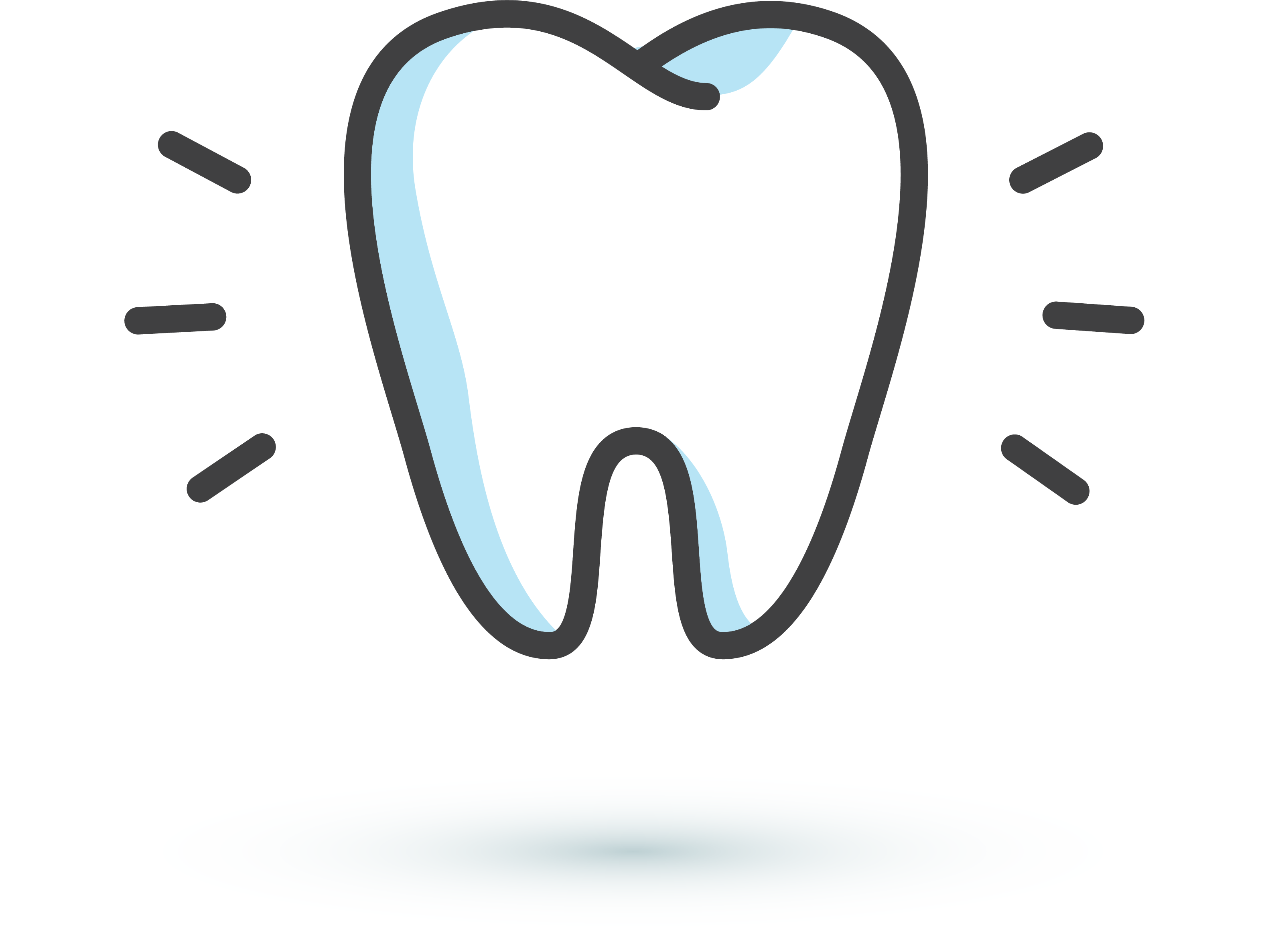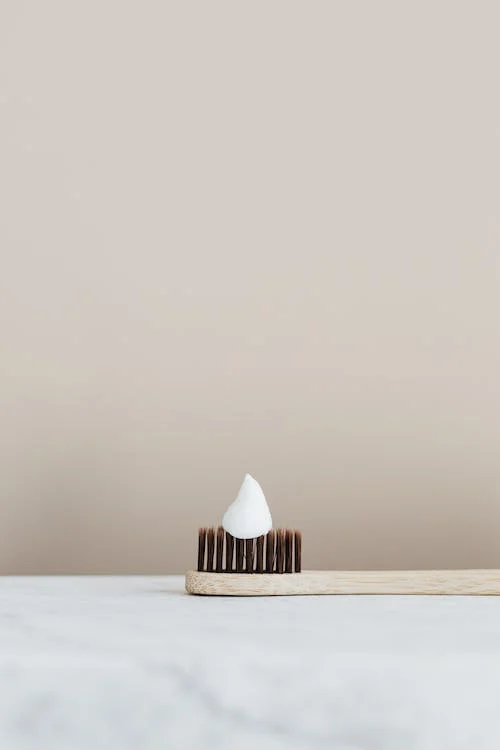Manual vs Electric Toothbrush
The age-old question that always comes up for debate: which is better for your teeth, a manual or electric toothbrush? Whether you use a manual or electric toothbrush ultimately lies in personal preference, as well as how well and how often you are actually brushing your teeth. While they both will get the job done, they have very different pros and cons and it is wise to know the differences so that you can do what’s best for your oral health needs. At Heflin Family Dentistry in Albuquerque, we want to help you make the best decision, and have outlined some information for you below!
Pros and Cons
There are so many different brands, styles, and versions of the modern-day toothbrush, and with a variety of options out on the shelves, it can be overwhelming when deciding if you want a manual or electric toothbrush. Both have pros and cons to each, so what are they?
Manual Toothbrush
The manual toothbrush has been around for centuries, with the first bristle toothbrush being invented in China in 1498. Since then, it has come a very long way, but the manual toothbrush has always stuck with its roots. The following are benefits and setbacks regarding a manual toothbrush:
Pros
- Very inexpensive, usually costing a few dollars
- Many options to choose from
- Easy to travel with, doesn’t require a charger
- Easily replaceable
Cons
- Difficult for people with limited mobility
- Easy to underbrush, as there’s no timer
- Easy to brush your gums too hard
- Isn’t as effective if you don’t follow the techniques of good brushing
Electric Toothbrush
Electric toothbrushes are certainly not new, but they are certainly advancing quickly! Most electric toothbrushes come on a chargeable stand that usually remains plugged in. There are also electric toothbrushes that now come with batteries inside that can be replaced.
Pros
- Removes built-up plaque easier with the vibrating head
- Many varieties of different head replacements
- Easier on braces
- Generally has a smaller head to get far back molars
- Easier for people with limited dexterity and mobility
- Can entice children to brush more with songs and characters
- Has a built-in timer so you know how long to brush
- Produces less waste, just change the head instead of throwing out the entire toothbrush
Cons
- Expensive
- Easier to break
- Hard to travel with, having to bring the charger and stand
- Requires charging



